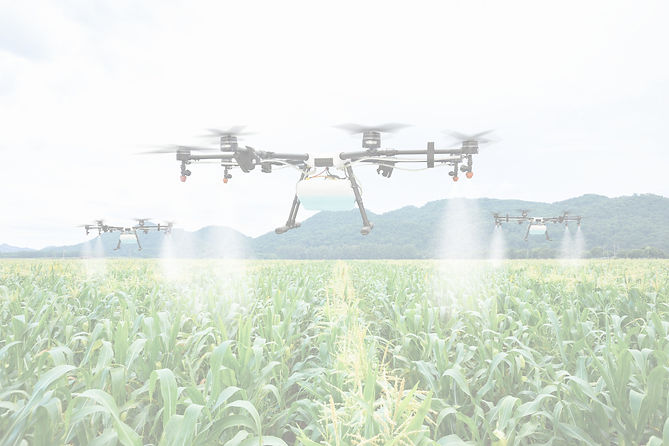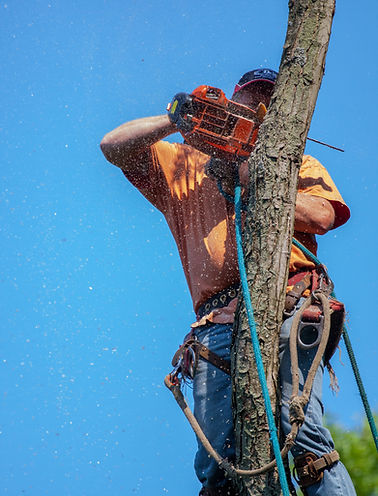
Vegetation Strategies
Undesirable vegetation poses challenges to ecosystems, water bodies, and critical habitats. Efficient management strategies are essential to control unwanted plant growth. Two common approaches include mechanical methods such as mowing, trimming, and cutting, as well as chemical methods involving herbicide application.

01
Mowing, Trimming, Cutting
Advantages:
-
Close proximity to water or critical habitats.
-
Immediate cost-effectiveness.
Challenges:
-
Reduction of pollinator habitat due to complete plant removal.
-
Rapid re-sprouting increases stand density.
-
Potential distribution of weed seeds.
-
Safety concerns for animals, work crews, and property due to debris and cutting equipment.
-
Sharp stumps left after cutting may pose dangers.
Considerations:
-
Requires annual or multiple yearly repetition.
02
Herbicide Application
Advantages:
-
Selective control preserves desirable plants and biodiversity.
-
Less disruption to terrain preserves nesting and wildlife habitats.
-
Reduced frequency of applications, sometimes annually or even less frequently.
-
Eliminates the need for mechanical control.
Challenges:
-
Choosing appropriate herbicides for selective control.
-
Respecting buffer zones near water, beneficial plants, and property lines.
-
Requires trained pesticide applicators.
-
Timing is crucial to avoid impact on flowering plants and pollinators.
Selective Control Mechanism:
-
Herbicides target specific biological pathways within plants.
-
Selective herbicides impact plants with specific pathways, leaving non-target plants unaffected.
-
Spot spraying enhances selective control, targeting specific hazard plants.

Effective vegetation management involves a balanced approach, considering the advantages and challenges of both mechanical methods like mowing and chemical methods like herbicide application. Selecting the right strategy depends on the specific ecosystem, the invasive species present, and the desired preservation of native plants and wildlife habitats. It is crucial to implement these strategies responsibly, taking into account environmental considerations and ensuring the safety of the public, and workers.
